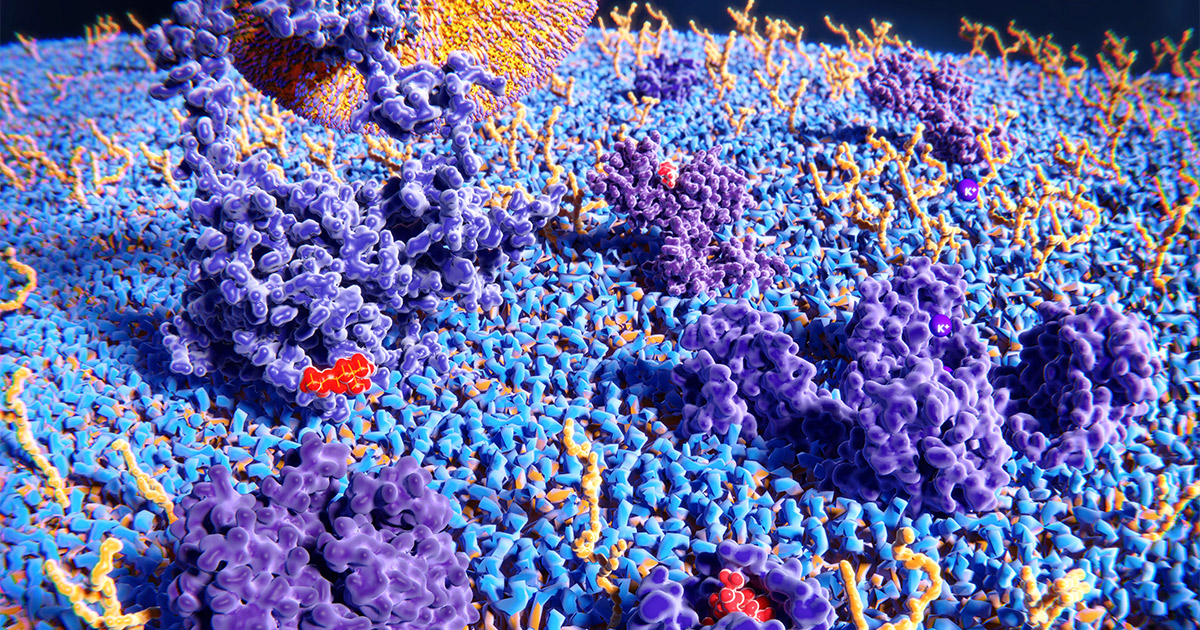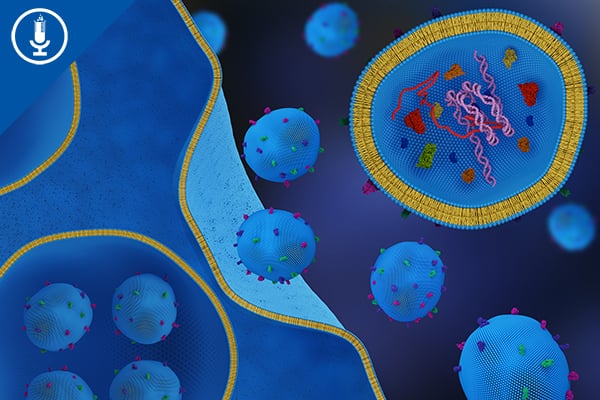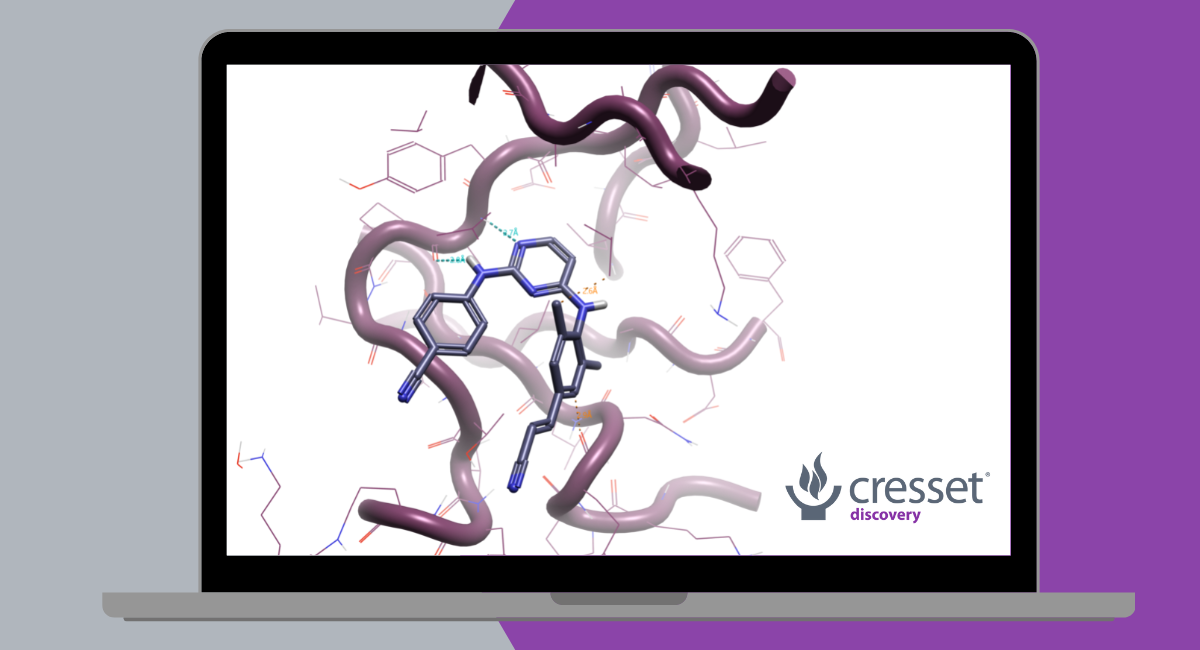View:

From Food Chemistry to Career Advice to the latest on COVID-19 Vaccines, ACS Members with the Premium Package have exclusive access to the entire library of ACS Webinars® recordings.

Stay up to date with the latest scientific research, applications and technology. Recordings of C&EN Webinars are available to the general public for 1 year after broadcast.

























